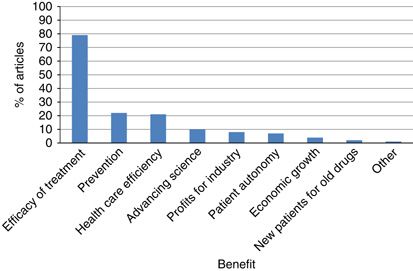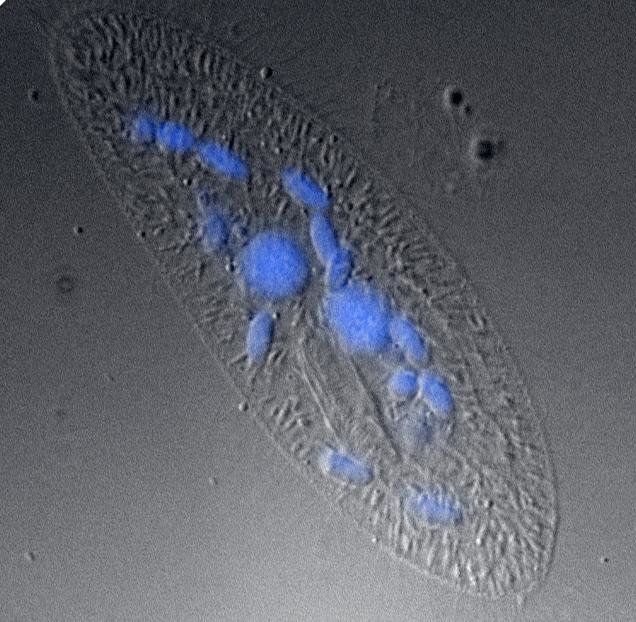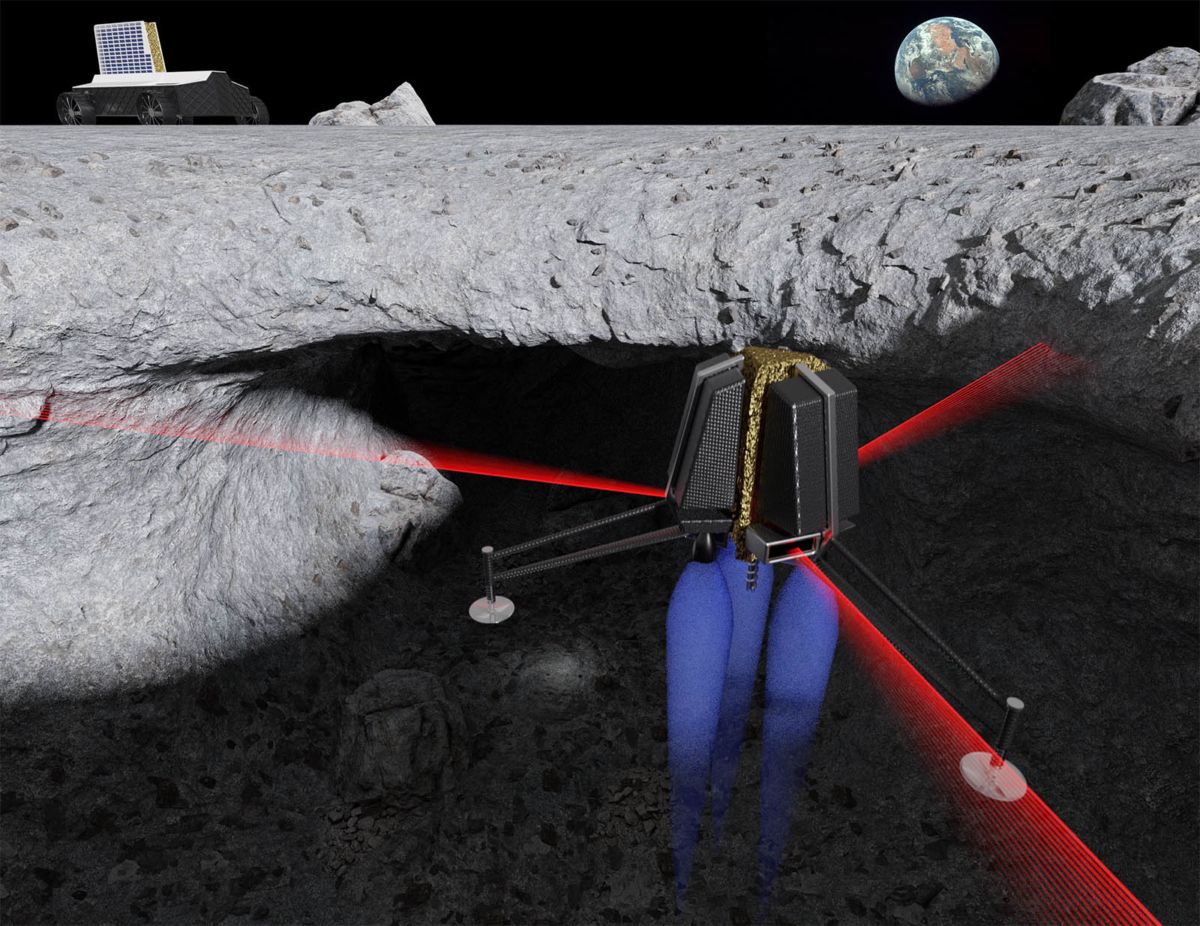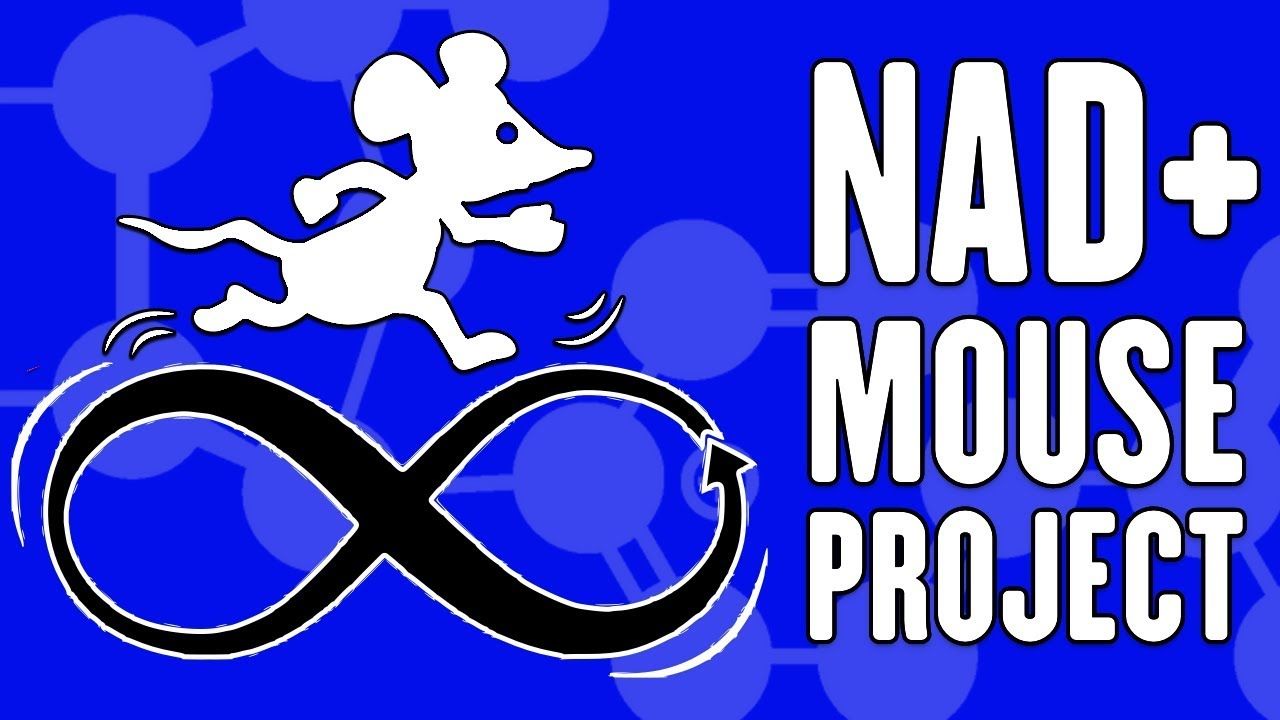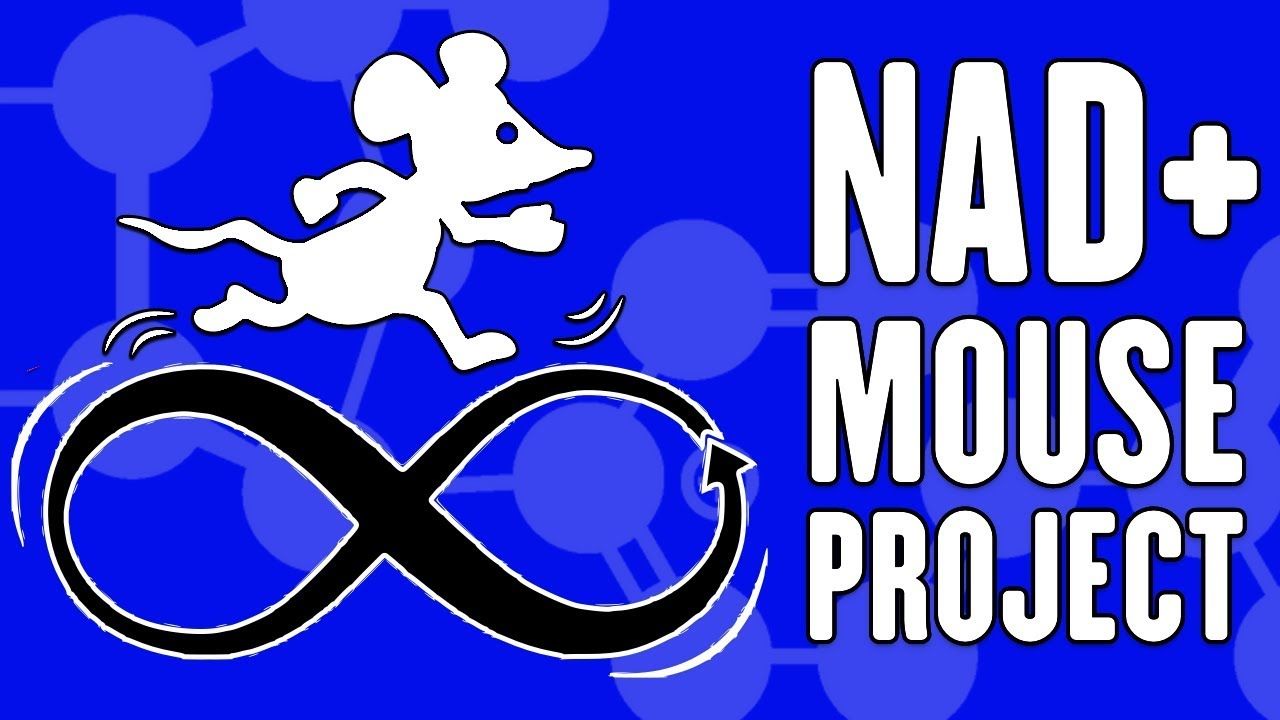At the latest TechCrunch Disrupt conference IBM provided a visionary speech on the future of compute using quantum computing. IBM Research COO Dario Gil gave a very cogent description of quantum computing and how it will change the computing landscape in the near future.
Quantum computing is a very complex and esoteric technology to try to explain to an audience of entrepreneurs and developers looking to raise money for the next Snapchat. Interestingly enough, there was a quantum computing start up at Disrupt, Rigetti Computing, pitching a quantum computing cloud service. IBM introduced its quantum computing cloud service in May 2016.

